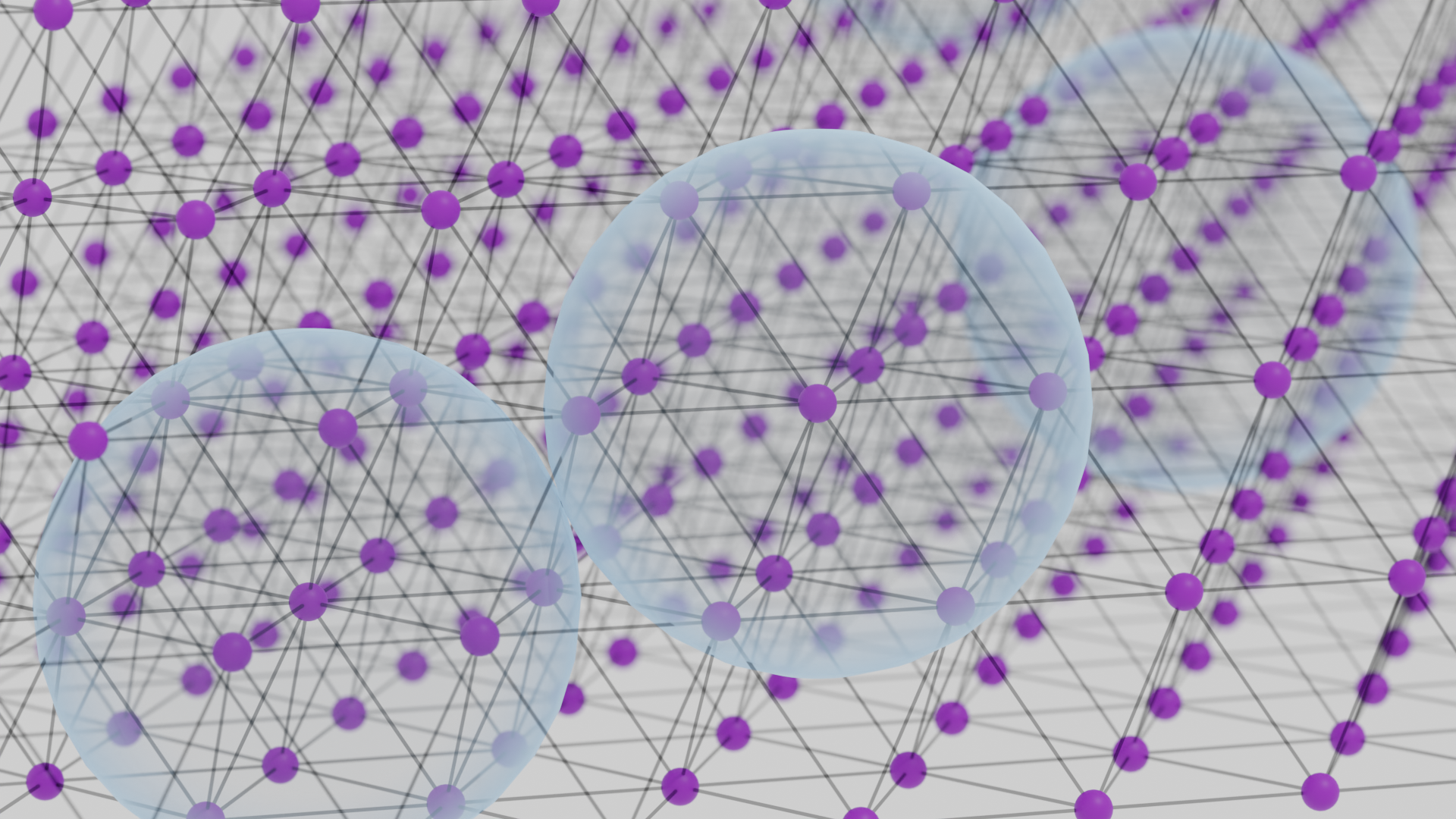Quantum Computer Hardware: Three-Dimensional Qubit Architectures Based on Ultra-Cold Atoms for Special Optimizations

Foto: UHH/Rauchfuss
In this project, arbitrary three-dimensional geometries of quantum bits comprised out of neutral Yb atoms will be explored. Quantum computing requires the possibility to create entanglement among Qubits, which in our case is achieved by exploiting a mechanism called Rydberg blockade. Here, due to strong interactions between Rydberg atoms it is only possible to create a single Rydberg excitation in an ensamble of atoms within a certain volume given by a sphere characterited by the so-called blockade radius (see figure). Consequently, arranging atoms in a 3D geometry allows for more atoms to be involved in a single entanglement creating step as opposed to the usually emplyed 2d atom arrays. Potentialy this allows processing of more complex algorithms in particular in noisy intermediate-scale quantum computers (NISQ) where circuit depth plays a crucial role due to the limited fidelities and coherence times of all state-of-the-art quantum computing platforms. We will evaluate, test and compare various optical methods for the realization, manipulation and read-out of three-dimensional tweezer arrays. Among these are LCoS spatial light modulators, digital mirror devices, electrically tunable lenses, acousto optical deflectors, acousto optical lensing etc.
